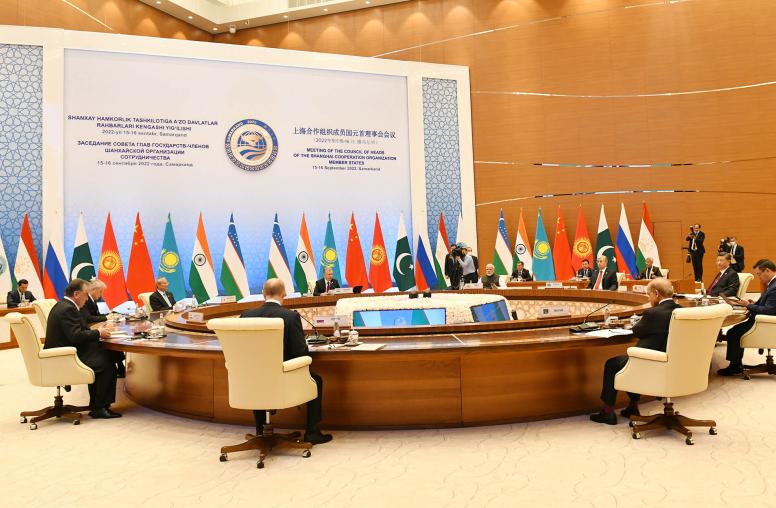Kyrgyzstan's Unfinished "Revolution"
How the Upheaval from 2020 Is Different
For the third time in 15 years, protesters in the Kyrgyz capital of Bishkek have seized and set fire to the “White House,” the seat of parliament and presidential staff. The chaotic situation has toppled President Jeenbekov and is still rapidly evolving, with political actors jockeying for power. It’s a scene all too familiar to Kyrgyzstan, which since 2005 has experienced several cycles of protests and calls for advancing democracy followed by backsliding into authoritarianism. But this time around, even with all the familiar players and moves, there are also strong differences that are worth thorough assessment.
On October 28, USIP held a discussion on the ongoing situation in Kyrgyzstan and its implications for peace and stability in Central Asia. The conversation examined how organized crime, youth mobilization, social media, and the impact of the COVID-19 pandemic have factored into the crisis. The discussion also analyzed how the United States and the region, including Kyrgyzstan’s Central Asian neighbors and Russia, are assessing and responding to the developments.
Continue the conversation on Twitter with #KyrgyzstanUSIP.
Speakers
Scott Worden, welcoming remarks
Director, Afghanistan and Central Asia Programs, U.S Institute of Peace
Dr. Mariya Omelicheva
Professor of Strategy, National War College
Jonathan Henick
Deputy Assistant Secretary, Bureau for South & Central Asian Affairs, U.S. Department of State
Dr. Ivan Safranchuk
Leading Research Fellow, Institute for International Studies, MGIMO
Keneshbek Sainazarov
Central Asia Program Director, Search for Common Ground
Dr. Gavin Helf, moderator
Senior Expert, Asia Center, U.S. Institute of Peace



